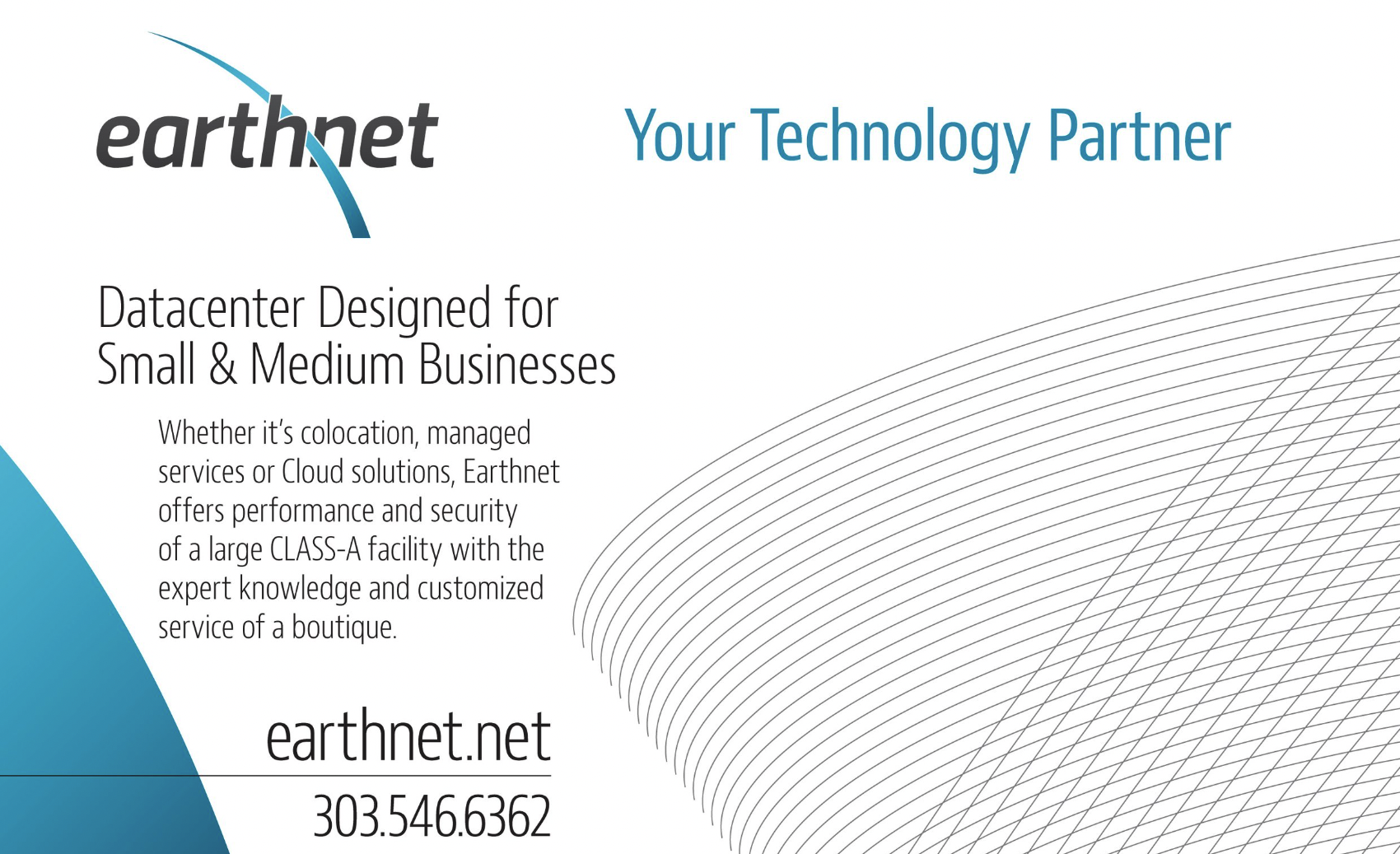Mini-Chamber # 2
Adam Zukiewicz
Piano
With
Annamaria Karacson - Violin
Stephanie Mientka - Viola
Joseph Howe - Cello
Program
Wolfgang Amadeus Mozart: Piano Quartet No. 1 in G-Minor
Bartok Romanian Dances for Piano and Violin
Johannes Brahms: Piano Quartet in G-Minor
Bartok: 6 Romanian Dances
After a two-year hiatus from composing due to struggles with depression caused by World War I, as well as some disappointments in his professional life, Bartók began composing again in 1915. And it is no surprise that one of his first compositions of this period is the suite entitled Romanian Folk Dances. Between 1909 and 1914 Bartók took numerous trips to the Transylvanian region, where he recorded and transcribed the music of the local Romanian population. He found Romanian folk music to be much richer in its variety than that of Hungary. The rhythms, the timbres, and the different combinations of local instruments such as violin, guitar, peasant flute, and bagpipe proved to be quite stimulating in his quest for new and exciting elements to introduce to 20th-century art music.
Bartók recognized three ways in which folk music can serve as the basis for art music. In the first method, the composer uses authentic folk melody with the addition of accompaniment and possibly an introduction and a conclusion. The second method is one in which the composer invents his or her own melody imitating a folksong. The last method is when the composer absorbs the essence of folk music in such a way that it becomes an integral part of his or her compositional language without an overbearingly noticeable connection to the folk tradition.
Of these three methods, the Romanian Folk Dances are clearly based on the first one. When arranging the folk melodies he had collected in Transylvania, Bartok preserved their pitch and rhythmic structure while introducing a rich harmonic language for the accompaniment. However, he was freer with the choice of tempo as some of the fast dances he made even faster, and some of the slower melodies even slower, thus emphasizing the individual character of each one of them.
The melody of the first dance, entitled “Stick Dance,” came from two gypsy violinists whom Bartók recorded. It is a in a moderate tempo followed by the relatively quick “Sash Dance,” which originally the composer heard performed on a peasant flute. The third dance (“In One Spot”) although also originally performed on a peasant flute, is much slower and darker in mood with a more southern, Balkan, or even Middle Eastern character emphasized by the interval of augmented second. The fourth dance (“Dance from Bucsum”) is in 3/4 meter unlike the rest of the dances, which are mainly in 2/4. Bartók gave it a gentle, almost minuet-like quality and a slower tempo, in sharp contrast to the original violin folk tune, which is quite brisk and energetic. Here again we hear the augmented second, which suggests influence from places south of Romania. The fifth dance, entitled “Romanian Polka,” alternates between 2/4 and 3/4 meters and is quite boisterous, as are the last two dances both entitled “Maruntel” (“Fast Dance”). Bartók emphasized their dance character by providing an energetic left hand accompaniment while preserving the violin-like quality of the lively ornamented melody.
Mozart: Piano Quarte No. 1 in G-Minor K. 478
Allegro
Andante
Rondo (Allegro)
The Emperor Joseph II’s famous comment on Mozart’s first Viennese opera Die Entführung aus dem Serail (‘Too many notes, my dear Mozart, and too beautiful for our ears’) is probably apocryphal. But the alleged royal critique does point to a recurrent problem in Mozart’s music for eighteenth-century listeners. The richness, intricacy and emotional ambivalence, especially in the works from the mid-1780s onwards, that so delight us today were often simply bewildering to his contemporaries. Reviewing the six string quartets dedicated to Haydn, the writer in Cramer’s Magazin der Musik 9 complained that they were ‘too highly seasoned—and whose palette can endure that for long?’. The composer Karl von Dittersdorf likewise criticised the ‘overwhelming and unrelenting artfulness’ of the ‘Haydn’ quartets and accused Mozart of being too ‘prodigal’ with his ideas. But it was not only the quartets that caused consternation. Don Giovanni, for instance, was a triumph in Prague (where Mozart rightly claimed he was ‘understood’ more than anywhere else) but only a mixed success in Vienna. Joseph II, more reliably documented this time, pronounced that ‘Mozard’s (sic) music is certainly too difficult to be sung’. And though he was later to be proved spectacularly wrong, one German critic summed up the reactions of many in the late 1780s when he wrote: ‘The beauty, greatness and nobility of the music for Don Juan will never appeal anywhere to more than a handful of the elect. It is not music to everyone’s taste, merely tickling the ear and letting the heart starve.’
If Don Giovanni was ‘too difficult to be sung’, the G minor Piano Quartet K478, completed on 16 October 1785, was apparently too difficult to be played. According to the biography of Mozart by Georg Nissen (second husband of Constanze Mozart), the work was to be the first of three piano quartets commissioned by the composer and publisher Franz Anton Hoffmeister. But, not surprisingly given its scale and technical and expressive complexity, the quartet proved unpopular with the amateur market; and, in Nissen’s words, Hoffmeister ‘made Mozart a present of the advance payment he had already received, on condition that he should not write the other two quartets contracted for’.
Mozart, though, evidently relished the challenge of what was then a novel medium, without significant precedents (though by a strange coincidence the fourteen-year-old Beethoven had composed three piano quartets earlier that same year, 1785). And during the first run of Figaro in May 1786 he composed a second piano quartet, in E flat, completed on 3 June and published the following year by the firm of Artaria. Like many of Mozart’s initially ‘difficult’ works, both quartets overcame early resistance and made their way in France, England and Germany. And on 30 November 1791, five days before Mozart’s death, the critic of the Musikalische Korrespondenz der Teutschen Filarmonischen Gesellschaft noted that the E flat Quartet was ‘written with that fire of the imagination and that correctness which has won for Herr M. the reputation of one of the best composers in Germany’.
In the G minor Piano Quartet eighteenth-century players and listeners had to contend not only with an unfamiliar and technically demanding medium (both string and keyboard parts would have been beyond most amateurs), but also with one of Mozart’s most complex and passionate first movements, permeated by its implacable unison opening gesture. Though Mozart sometimes treats the keyboard part in the virtuoso style of his great Viennese piano concertos, the dialogues and contrapuntal interplay between keyboard and strings—above all in the strenuous development—are in the spirit of true chamber music. After the first movement’s turbulent coda, the B flat Andante, with its sensuous chromaticism and delicately ornate passagework (shared between all four instruments), brings necessary balm. Unusually for a Mozart work in the minor key, the finale sets out immediately in a blithe, unclouded G major. Formally this is an expansive sonata rondo (a design found in many of Mozart’s Viennese piano concertos) with one hummable tune after another, a couple of which could have come straight from the mouth of Papageno. But there is drama here as well as hedonistic delight. And the central development recalls the spirit of the first movement, firstly in exchanges between imperious piano and beseeching strings, and then in a passage of stormy dialogue based on a fragment of the main theme.
Brahms: Piano Quartet No, 1 in G-Minor Op. 25
Allegro
Intermezzo; Allegro ma non troppo - Trio: Animato
Andante con moto
Rondo all Zingarese; Presto
In 1862, the twenty-nine-year-old composer and pianist Johannes Brahms settled in Vienna, the capital of the western musical world. He introduced himself to that city’s musical elite with his Piano Quartet in g minor, the first of his eventual three. Members of the Hellmesberger Quartet, one of Vienna’s leading chamber ensembles, read the work with the composer at the piano; at its conclusion, the violinist Joseph Hellmesberger leapt from his chair, enthusiastically proclaiming, “This is the heir of Beethoven!”
The Quartet documents Brahms’s early maturity, in which, nearing his thirtieth birthday, the composer was able to fully assimilate the influences of Bach, Beethoven, and Schubert into a fully formed compositional voice. This period featured a generous trove of outstanding chamber works: two String Sextets, opp. 18 and 36; the Opus 34 Piano Quintet; the Opus 38 Cello Sonata; the Opus 40 Horn Trio; and the first two Piano Quartets, opp. 25 and 26. (Indeed, Brahms would not produce his first symphony until 1876, explaining, when pressed, “You have no idea how it feels to hear behind you the footsteps of a giant like Beethoven!”)
Opus 25 is best known for its rousing finale, the famous Rondo alla Zingarese (Gypsy Rondo). The movement’s irresistible refrain, reflective of Brahms’s lifelong fascination with Hungarian folk music, moreover reveals the hand of a master tunesmith, able to dash off a hit with ease.
Yet from its opening breath, the Quartet demonstrates extraordinary craft—worthy, indeed, of the mantle of Beethoven, the composer who built his terrifying Fifth Symphony from four innocuous notes. The G-minor Piano Quartet begins with a four-note fragment, presented by the piano in skeletal octaves—followed by a similar four notes, inverted (upside-down); then the inverted fragment again, transposed down a fourth; then a final time, but with the second and third notes voiced as a chord.
In Beethovenian fashion, the sighing half-step gesture that closes each of these successive fragments serves as a generative cell as the movement takes shape.
Indeed, a close listen to each of the Quartet’s four movements implicates this half-step throughout the whole of the work. It defines the melodic contour of the Intermezzo’s opening melody: a statement of quiet strength, voiced in muted strings, piano, dolce ed espressivo.
The theme that begins the ravishing Andante con moto, like a Baroque ornament in slow motion, wreathes around an ascending half-step.
On arriving at the Rondo alla Zingarese, the astute ear will detect, not only the seminal half-step, but the longer four-note gesture that began the Quartet.
So does Brahms’s most viscerally seductive music prove to likewise be the fruit of his most cerebral scheme. This tour de force of a final movement, rich with ear candy (including a piano cadenza, evocative of the cimbalom), charts no less an emotional journey than the Quartet at large—announcing, truly, Beethoven’s heir, but also a unique and powerful musical voice in its own right. —© 2019 Patrick Castillo








